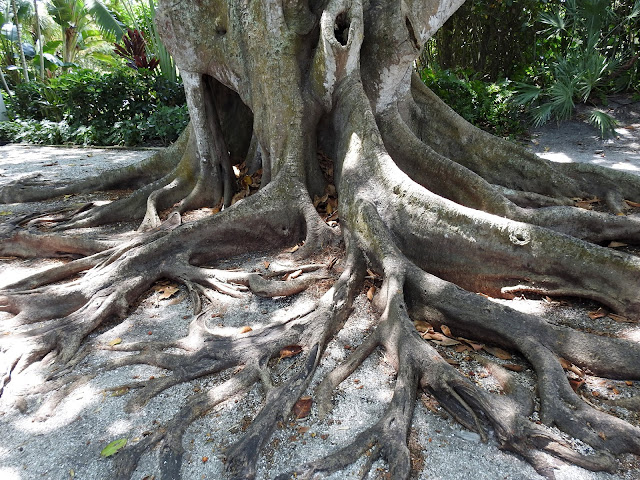The Red-cockaded Woodpecker (Picoides borealis) is an endangered habitat specialist of our southern long-leaf pine forests.
Living in family groups, it bores nest and roost holes in older (80-100 years) long-leaf and slash pine trees in forest which burns frequently enough to have a low understory and few hardwoods.
Though logging and development has eliminated much of America's pine forests, the Red-cockaded Woodpecker is doing better thanks to an aggressive recovery program by the U.S Fish and Wildlife Service, and here in Florida by the State FWC.
We are fortunate here in Punta Gorda to have a breeding group at the Babcock-Webb Wildlife Management Area.
The birds excavate multiple holes in their family territory....using one for nesting and others for roosts. The young are fed by both the parents and "aunt and uncle" family members. The chicks fledge in less than a month.
Ants, beetles, roaches, termites, centipedes and other arthropods are the favored diet. Family groups forage together by flaking off bark from pine trunks and branches.....the males prefer the upper branches and trunk...the females the lower.
Wife, Olivia, looking for birds in typical habitat....older pines with low understory....here well maintained through controlled burning at the Babcock-Webb WMA. Preserving habitat is key for this and many other species.
Non-migratory and maintaining a territory of up to 60 acres with multiple tree cavities, the birds peck small holes in the bark of nesting trees. These exude sticky pine pitch which is a defense against yellow rat snakes and other predators.
These birds and "The Webb" are a treasure here in SW Florida. Thanks to the US and Florida Fish and Wildlife services for all they have done for their recovery.



































































